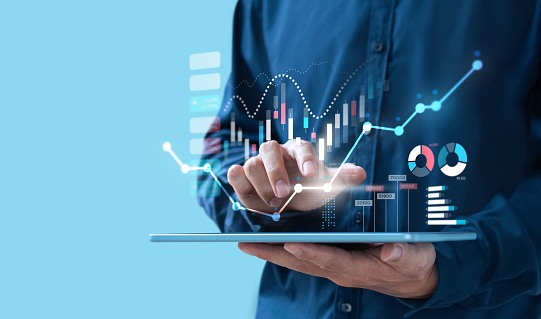How to make a correct sustainable management of technology
On the other hand, the author establishes a classification of the types of technology based on the process and basis of their generation:
1. Artisanal
technologies : includes those technologies of ancient origin that do not use
sophisticated means for their execution, since, generally, it is carried out
manually. As examples we can highlight: goldsmithing and carpentry.
2. Traditional
technologies : refers to technologies that have not had a scientific
foundation, but are the result of the continuous evolution of ingenuity and the
experience acquired over the years. As examples we can highlight: textile
technology and printing.
3. Science-based
technologies : are all those technologies that have required scientific
knowledge as the basis for their emergence and development. An example is: the
car.
4. Evolutionary
technologies : are those that appeared at a certain point in history and have
evolved over time, adapting to new circumstances and socioeconomic needs. A
typical example is: the steam engine.
5. Non-evolutionary
technologies : they are those that arise with a solution of continuity of what
has been achieved in the past, like a leap that completely changes the way of
making an artifact. An example can be: electric light.

Technology management
Today, we live in a society that changes at a frenetic pace.
New products appear every day to replace existing ones , making markets very
competitive, so that in order to stay in them, constant renewal is necessary.
The technological changes happen so fast that has not assimilated the latest
technology is already appearing when a new one .
The search for the competitiveness of the productions is a
fundamental task for the company. It is necessary to carry out a process of
technological innovation from existing resources and materials through the
application of science and technology, since innovation constitutes a
fundamental aspect for the company through which to achieve an adequate level
of management of the technology that enables the acquisition and incorporation
of new knowledge to the company. In this way, you can increase your levels of
competitiveness and efficiency. In this sense, the need arises to manage
innovation and technology effectively in the company .
The authors Pavón and Hidalgo (1997) define innovation and
technology management as: “the process aimed at organizing and directing
available human, technical and economic resources with the aim of increasing
the creation of new knowledge, generating ideas that allow obtaining new
products, processes and services or improving existing ones and transferring
those same ideas to the manufacturing and commercialization phases. "
The main objective of technological management is to
integrate the process of technological change with strategic aspects and
decision-making in the company, so we can understand technology as: “a
competitive weapon with which to be able to constitute a long-term business
strategy . "
The main functions of technology management according to
Ávalos (1993) are:
1. Identification,
evaluation and selection of technology.
2. Disaggregation
of technological packages.
3. Negotiation
of technology, construction and start-up of industrial plants.
4. Use and
assimilation of technology.
5. Generation
and commercialization of new technologies.
Information technology management indicators
One of the main aspects to be dealt with in the
technological management of the company is the management of information
technology . This can be defined as: "the set of tools related to the
transmission, processing and digitized storage of information."
The author Juan José Goñi , in his work Talent, technology
and time : "The pillars of conscious progress to choose a future,
identifies the following groups of indicators to be able to measure the level
of technological development of information in the company".
These indicators are:
1. Infrastructure
indicators : evaluation of the existence in the company of different channels
of access to information, both internal and external.
2. Terminals
: level of technical equipment of the different jobs of the company.
3. Services
: quality and quantity of the company's information systems (speed, security,
etc.).
4. Contents
: refers to the nature of the information, its content (image, text, clients,
offers, etc.).
5. Uses :
implementation of new tools for information management. The company's ability
to adapt to change is a measure of how the continuous application of technology
occurs.
6. Suppliers
: economic amount and own resources that the company invests and / or spends on
technology.
Implementation of new technologies
The implementation of new technologies in an organization is
not an easy task. In fact, it is one of the challenges that the company has to
face if it wants to preserve or acquire a certain competitive advantage .
Meeting this challenge entails a review of the fundamental elements of the
processes, the mastery of existing resources and materials, and the
organization's information. Determining how to plan the different types of
technology to be implemented is the task of the top management of the company.
The author Francisco Menchén , in his work Creativity and
new technologies in modern organizations , establishes the following strategies
to follow in the design and implementation of new technologies in an
organization:
1. The
specific technological improvement that is intended must be specified exactly.
2. The
entire organization must be involved.
3. You must
have the necessary instruments and tools.
4. Workers
must feel that mastering new technologies also benefits them.


